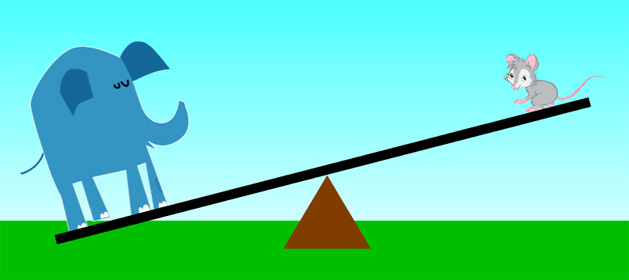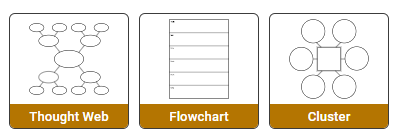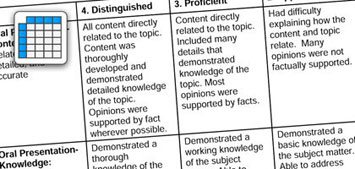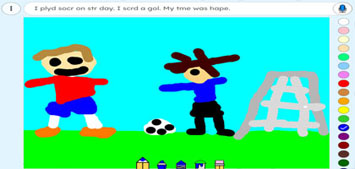
Students use Pixie to design inventions that solve authentic problems.

A recent assignment for graduate school required me to write a lesson plan using an authentic problem that incorporated a graphics program. I immediately knew I needed to use Pixie and found a Smithsonian Exploration on Inventions at ePals that I thought would be the perfect motivator.
In this exploration, students brainstorm an invention, build or design it, and submit a video explaining their invention. I refined the idea for my curriculum, requiring my students to include at least two simple machines in their invention. They started by drawing a plan on paper and then used Pixie to make the presentation look more professional.
Because we weren’t building actual prototypes of the inventions, I decided to have the students explain their inventions using Frames. We took photos of the students in two different poses in front of a green screen and used the Chroma Key feature to superimpose them in front of the image of their invention they created in Pixie. Students then worked to create a commercial for their invention.
The students were very excited about getting their invention submitted to the competition, so they worked hard to get it done. When we submitted their projects to ePals, one student’s cherry picker invention was included in the top ten winners from around the world! It was so exciting to see our students’ hard work pay off.
The authentic nature of this project engaged students and helped them connect classroom learning to the world around them. They had to access prior knowledge of simple machines in order to complete the project. By using multiple forms of media, my students were able to showcase their knowledge in a fun and meaningful way.

Follow us on Instagram for daily inspiration

Create a thought web, cluster, flowchart, or other graphic organizer for a lesson
Creating timelines with Wixie's Mind Map tool
Creative, digital book reviews
Fun and powerful ideas with animated characters

Wixie
Share your ideas, imagination, and understanding through writing, art, voice, and video.

Rubric Maker
Create custom rubrics for your classroom.

Pics4Learning
A curated, copyright-friendly image library that is safe and free for education.

Wriddle
Write, record, and illustrate a sentence.

Get creative classroom ideas delivered straight to your inbox once a month.
Topics